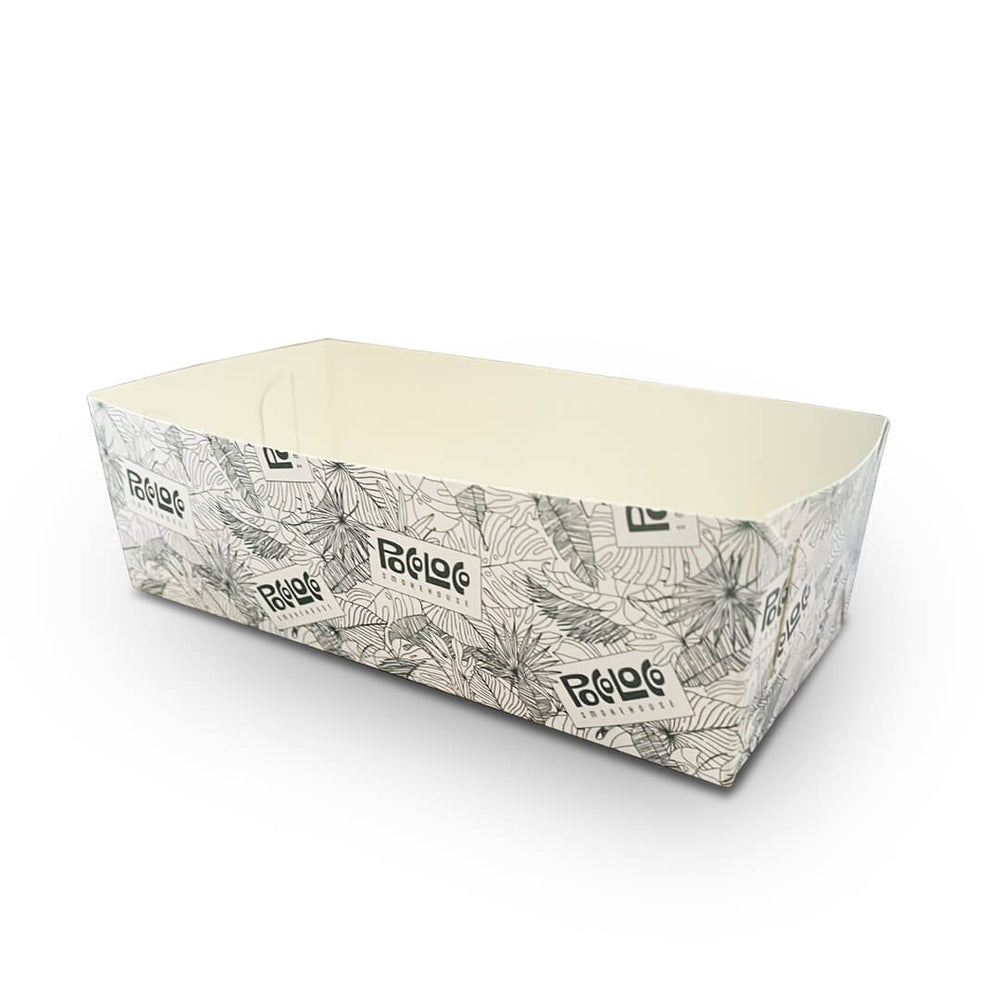The Allure of Soda Cups A Celebration of Design, Function, and Culture
Soda cups have become more than just vessels for holding fizzy beverages; they represent a unique intersection of design, culture, and convenience. From the colorful paper cups found at fast-food chains to the durable plastic varieties used in cinemas, each cup tells a story of innovation, marketing, and the evolving nature of consumer behavior. This article delves into the world of soda cups, exploring their history, design evolution, environmental impact, and their role in contemporary culture.
Historical Context
The history of soda cups can be traced back to the late 19th century when soda fountains were a popular social hub in American cities. Initially made from glass, these vessels were not only meant to hold drinks but also showcased the craftsmanship of glassblowers. However, as soda fountain culture evolved, the need for convenience and hygiene ushered in a new era of disposable cups. By the mid-20th century, paper and plastic cups became ubiquitous, thanks in part to the post-World War II boom that emphasized mass production and consumption.
Design Evolution
Soda cups have come a long way from their humble beginnings. Nowadays, they come in a variety of shapes, sizes, and materials. The classic 16-ounce paper cup, often adorned with bright logos and eye-catching designs, is a staple at fast-food restaurants. The graphics are not just for aesthetic appeal; they serve a marketing purpose, drawing customers in and enhancing brand recognition. Fast-food chains like McDonald's and Taco Bell have transformed their cups into canvases for limited-time promotions, featuring popular movies or seasonal themes.
Plastic cups, often used in cinemas and amusement parks, are designed for durability and reusability. These cups often have lids and straws, making them convenient for on-the-go consumption. The introduction of double-walled cups also reflects a growing awareness of consumer preferences for products that keep their drinks cold while minimizing the risk of condensation buildup.
Environmental Considerations
soda cups

As the world grapples with environmental issues, soda cups have not escaped scrutiny
. The convenience of disposable cups comes at a significant environmental cost. Many paper cups are lined with polyethylene, making them difficult to recycle. Consumer advocacy has led to increased demand for eco-friendly alternatives, resulting in the emergence of compostable and biodegradable cups made from materials like PLA (polylactic acid).Moreover, initiatives like cup recycling programs at certain major chains aim to address this issue. For instance, some theaters and restaurants now encourage customers to return their used cups in exchange for discounts on future purchases. This approach not only promotes sustainability but also fosters a community focused on responsible consumption.
Cultural Impact
The role of soda cups in contemporary culture extends beyond mere functionality; they are often seen in social media posts, particularly at events like concerts, festivals, and family gatherings. A cup filled with a colorful soda is not just a drink; it is an opportunity to create a visually appealing snapshot. The culture of sharing food and drink experiences online has turned the simple act of sipping from a soda cup into a moment worthy of documentation and celebration.
Additionally, the nostalgia associated with certain soda cups cannot be overlooked. Many consumers have fond memories tied to specific establishments, and the cups serve as physical tokens of those experiences. For instance, a vintage cup from a cherished diner can evoke memories of late-night outings or family road trips, connecting the past with the present.
Conclusion
In conclusion, soda cups embody a fascinating blend of history, design, environmental considerations, and cultural significance. Their evolution from functional drink holders to marketing tools and Instagrammable props reflects broader societal trends and consumer preferences. As we move forward, it will be essential to balance convenience with sustainability, ensuring that the humble soda cup remains an integral part of our drinking culture while minimizing its ecological footprint. Whether at a bustling fast-food chain or a laid-back backyard barbecue, soda cups will undoubtedly continue to play a prominent role in how we experience and enjoy our beverages.



